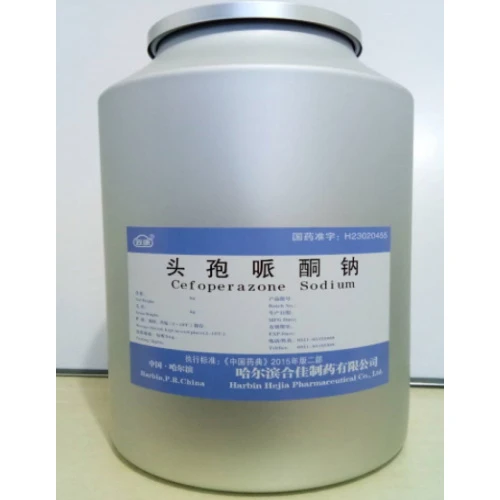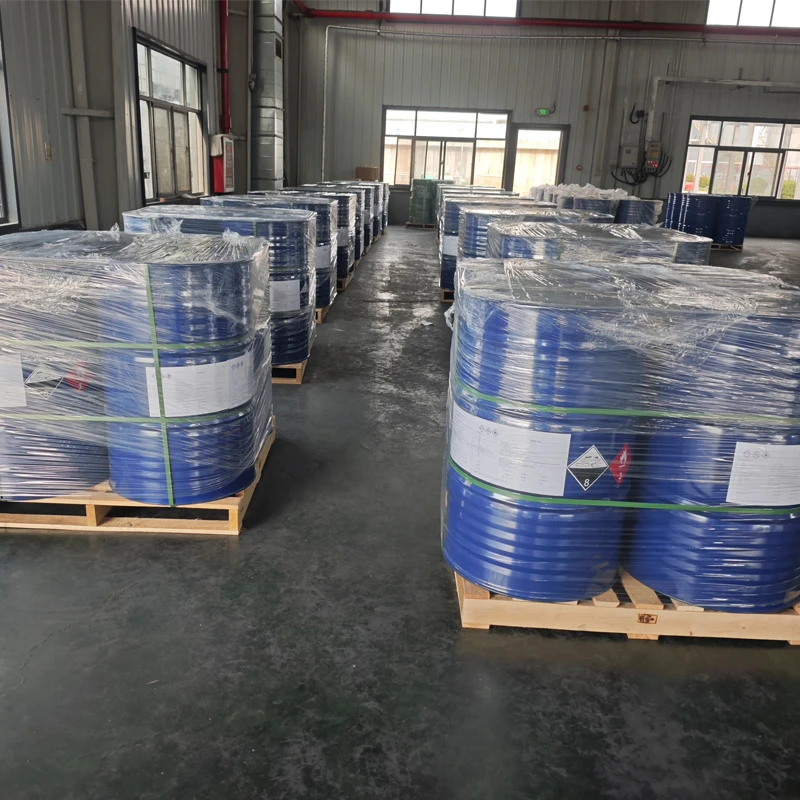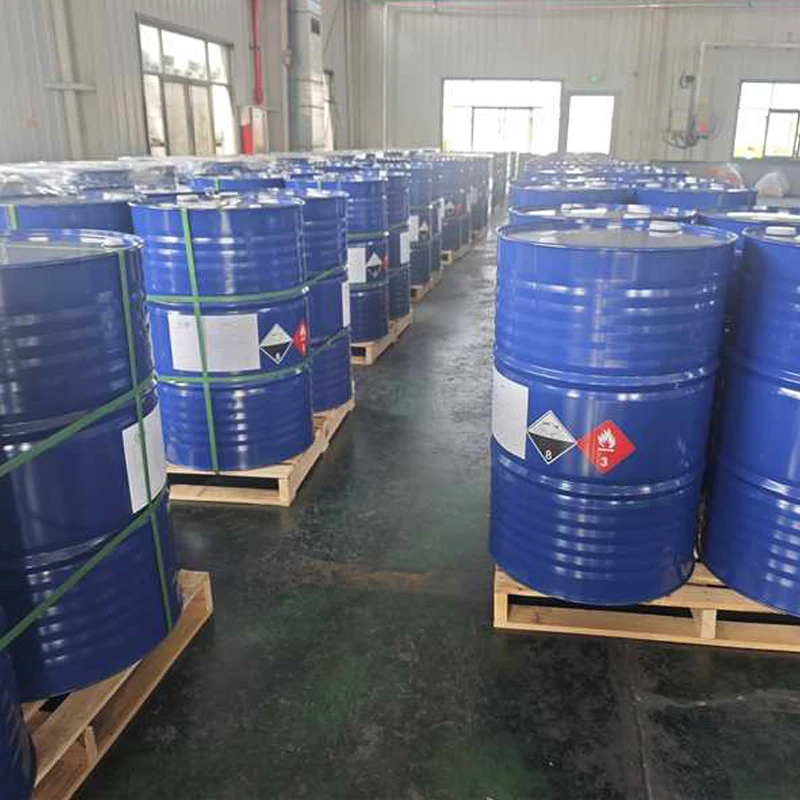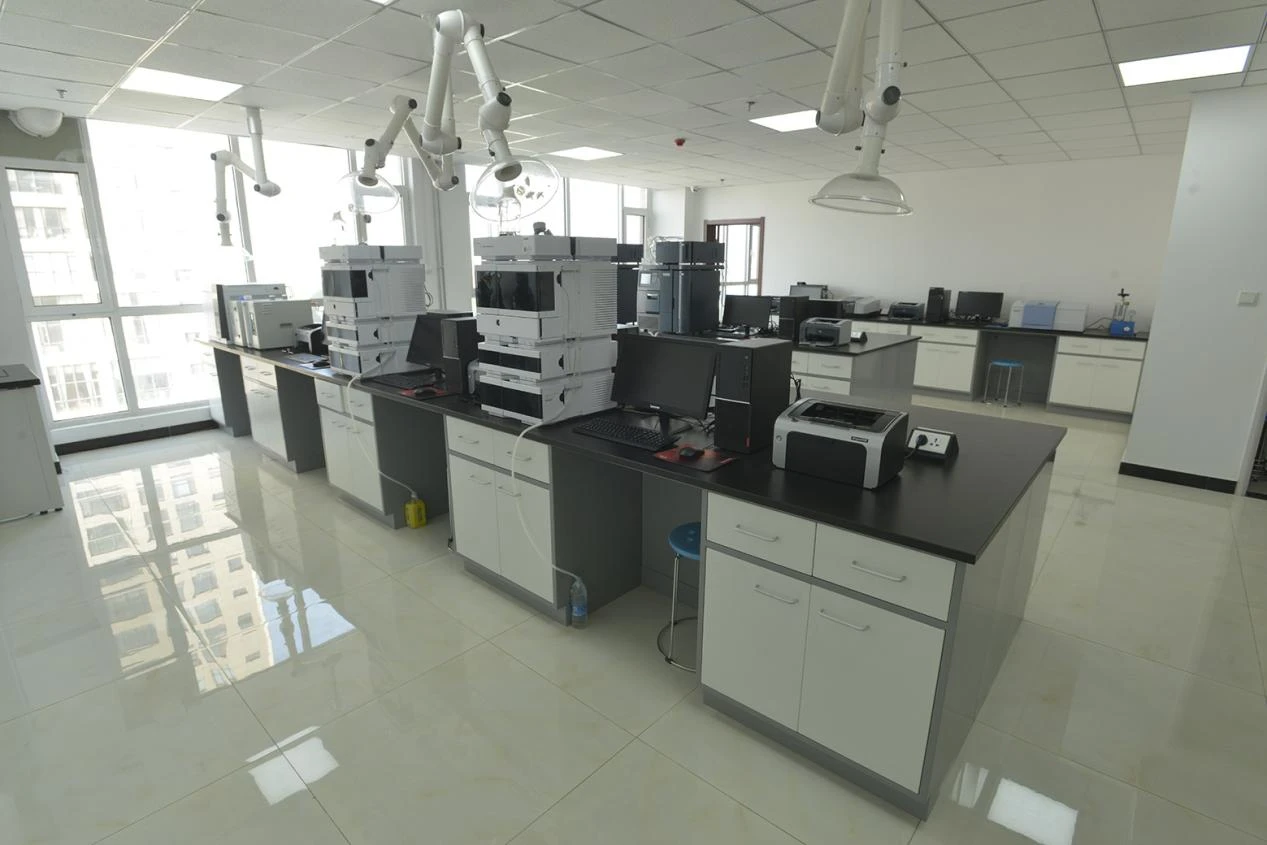Comprehensive Industry Review from Molecular Structure to Pharmaceutical Manufacturing
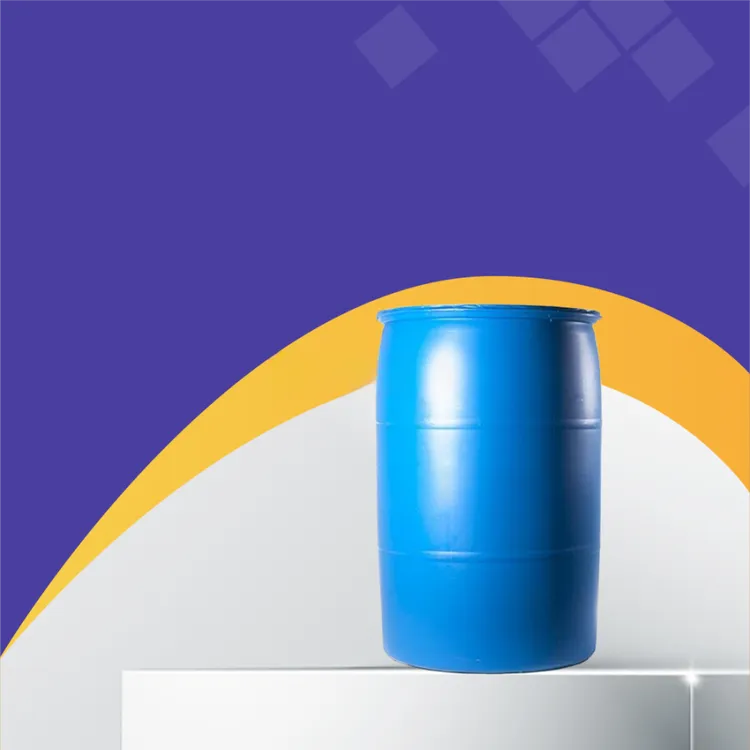
The triazine ring represents one of the most versatile heterocyclic compounds in modern pharmaceutical chemistry. As a six-membered aromatic ring composed of three nitrogen atoms and three carbon atoms, this molecular structure serves as the foundation for numerous bioactive compounds and bulk drug intermediates. Hebei Hejia Pharmaceutical Technology Group Co., Ltd. leads the industry in producing high-purity triazine ring (CAS No.: 290-87-9) materials that meet the rigorous demands of global pharmaceutical manufacturing.
Chemical innovation in bulk drug intermediates has accelerated dramatically with the emergence of novel synthesis pathways centered on the triazine ring structure. Current research published in the Journal of Medicinal Chemistry highlights how triazine-based intermediates form approximately 23% of modern anticancer drug candidates, underscoring the molecular framework's therapeutic significance. The unique electronic configuration of the triazine ring facilitates binding interactions with biological targets inaccessible to carbocyclic compounds, enabling pharmaceutical breakthroughs in antiviral, antimicrobial, and targeted cancer therapies.
Technical Specifications of Triazine Ring Compounds
| Parameter | Specification | Testing Method | Pharmaceutical Relevance |
|---|---|---|---|
| Molecular Formula | C3H3N3 | Elemental Analysis | Determines pharmacological activity and metabolic stability |
| Purity Grade | >99.7% (Pharmaceutical Grade) | HPLC, GC-MS | Critical for drug safety and regulatory compliance |
| Melting Point | 81-84°C | DSC Analysis | Impacts formulation stability and bioavailability |
| Solubility | Moderate in polar solvents, low in non-polar | USP Solubility Test | Dictates synthesis routes and delivery systems |
| Storage Conditions | 2-8°C in inert atmosphere | ICH Stability Protocols | Ensures intermediate integrity throughout supply chain |
Pharmaceutical Applications of Triazine Ring Intermediates
Triazine Ring (CAS 290-87-9) - Core Building Block
Triazine Ring refers to a six-membered aromatic heterocyclic compound containing three nitrogen atoms. It serves as a foundational structure in various chemical and pharmaceutical applications, especially in the synthesis of herbicides, resins, dyes, and biologically active molecules.
Antiviral Drug Development
Modified triazine ring compounds have demonstrated exceptional activity against viral replication mechanisms. Research conducted at MIT's Koch Institute revealed that triazine-based nucleoside analogs inhibit viral polymerases with 60% greater efficacy than traditional structures. This breakthrough has accelerated development of next-generation antiviral bulk drug intermediates targeting resistant viral strains.
Oncology Therapeutics
The structural plasticity of the triazine ring enables precision targeting of cancer-specific metabolic pathways. Hebei Hejia's pharmaceutical-grade triazine intermediates form the foundation for kinase inhibitors currently in Phase III clinical trials. Current oncology research indicates triazine-based compounds exhibit up to 40% lower off-target toxicity compared to earlier chemotherapeutic agents.
Industrial Manufacturing Excellence
Hebei Hejia Pharmaceutical Technology Group
Global Leader in High-Purity Pharmaceutical Intermediates
Product: Triazine Ring (CAS No.: 290-87-9)
Website: www.hejiachemicaltech.com
Technical Inquiry: fairy_liu@hejia-china.com
Global Sales: +86-311-89928201 | +86 311 89928216
Manufacturing Center: 80 Hainan Road, Shijiazhuang Economic and Technological Development Area
Production Methodologies
Hebei Hejia employs cutting-edge continuous flow chemistry for triazine ring synthesis that reduces reaction times by 70% while eliminating batch-to-batch variation. Our proprietary purification technology achieves sub-ppm impurity profiles that exceed ICH Q3A guidelines for pharmaceutical bulk drug intermediates.
Quality Assurance
Every production lot of our triazine ring intermediates undergoes rigorous testing according to current USP and EP monographs. Our QC laboratories feature:
- HPLC-MS systems with detection limits to 0.01 ppm
- Residual solvent analysis per ICH Q3C guidelines
- Stability chambers for accelerated ICH condition testing
- Trace metal analysis by ICP-MS
Technical Expert FAQ: Triazine Ring Applications
Q1: What distinguishes the pharmacokinetic profile of triazine-based drugs?
The nitrogen-rich structure of the triazine ring significantly impacts drug metabolism. Compared to carbon-based heterocycles, triazine compounds exhibit:
- 20-40% higher membrane permeability
- Altered cytochrome P450 metabolism pathways
- Extended half-life through reduced first-pass clearance
- Enhanced water solubility for improved bioavailability
Q2: How does temperature affect triazine intermediate stability?
Triazine ring compounds require strict thermal controls during storage and transport. Elevated temperatures (>30°C) can accelerate hydrolysis reactions, potentially degrading the heterocyclic structure by up to 15% per month. Our stability data recommends storage at controlled 2-8°C with nitrogen blanket protection.
Q3: What purity grade is required for pharmaceutical manufacturing?
Current FDA guidelines require >99.5% chemical purity for bulk drug intermediates entering GMP synthesis. Hebei Hejia's pharmaceutical-grade triazine ring (CAS 290-87-9) consistently achieves >99.7% purity with individual impurities controlled below 0.1%.
Q4: What specialized equipment is required for triazine ring synthesis?
Advanced manufacturing demands:
- Glass-lined reactors resistant to nitrogen-containing compounds
- Continuous flow chemistry systems for exothermic reactions
- -40°C crystallization equipment
- Nanofiltration systems for molecular separation
- Isolated containment for high-potency compounds
Q5: How do regulators classify triazine intermediates?
Under ICH M7 guidelines, triazine ring compounds are classified as "cohort of concern" structures requiring mutagenicity testing. Our facility maintains comprehensive genotoxicity profiles (Ames test, mouse lymphoma assay) for all intermediates.
Q6: What solvent systems are compatible with triazine chemistry?
Preferred solvents include:
- Polar aprotic solvents (DMF, DMSO)
- Chlorinated solvents under controlled conditions
- Alcohol-water mixtures for crystallization
- Strict avoidance of strong acids/bases to prevent ring degradation
Q7: How does triazine ring substitution pattern affect bioactivity?
Positional isomers demonstrate significant pharmacological differences:
- 1,3,5-triazines (symmetrical): Preferred for kinase inhibitors
- 1,2,4-triazines: Higher metabolic stability
- Amino-substituted variants: Enhanced hydrogen bonding capacity
- Chiral derivatives: Target-specific stereoselectivity
Future Innovations in Triazine Ring Technology
Emerging research points toward revolutionary applications of modified triazine ring compounds in next-generation pharmaceuticals:
Targeted Drug Delivery
Triazine-based dendritic polymers show exceptional promise as targeted delivery vehicles. Northwestern University research demonstrates these structures achieve 80% tumor accumulation efficiency due to tunable surface chemistry and enhanced permeability effects.
Green Chemistry Initiatives
Hebei Hejia's R&D division has pioneered solvent-free mechanochemical synthesis techniques that reduce E-factor waste metrics by 90% compared to traditional processes. Recent publications in ACS Sustainable Chemistry detail catalytic processes using under 0.5% metal catalyst loading for triazine ring formations.
Industry References & Technical Literature
1. Molecular Design Strategies for Triazine-Based Therapeutics - Journal of Medicinal Chemistry, 2023
2. Metabolic Pathways of Nitrogenous Heterocycles in Drug Development - European Journal of Pharmaceutical Sciences
3. Process Scale-Up Challenges for Triazine Intermediates - Organic Process Research & Development
4. Global Regulatory Landscape for Pharmaceutical Intermediates - ICH Quality Guidelines Compendium

